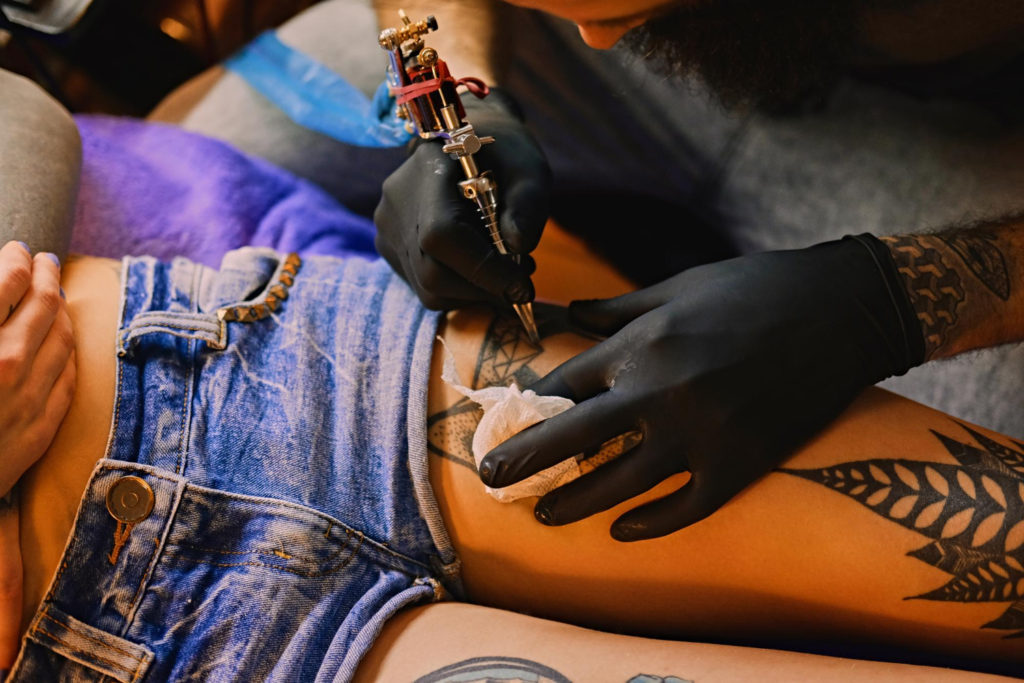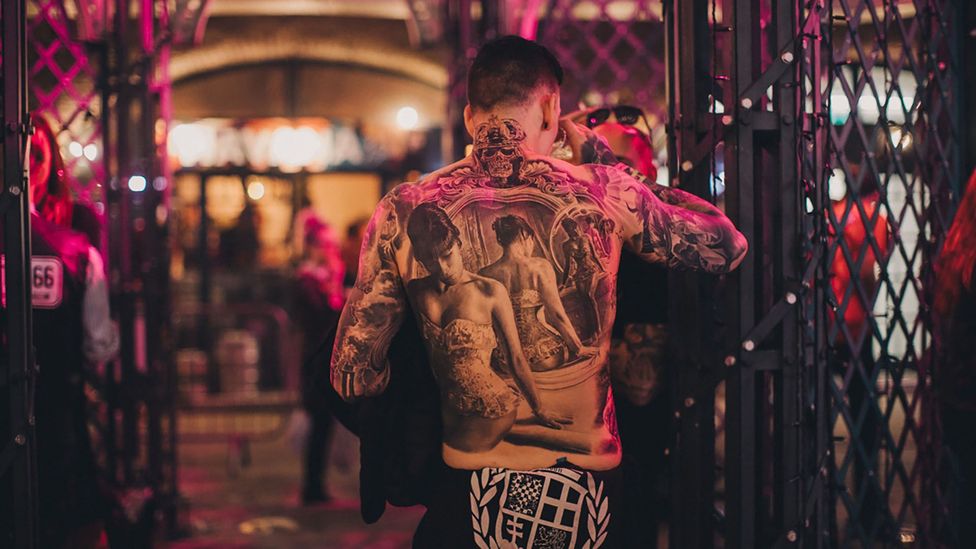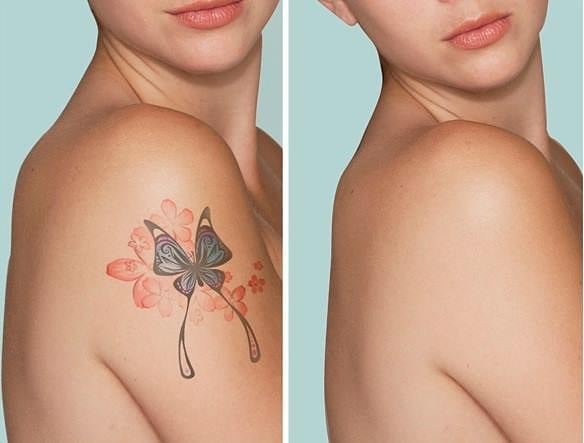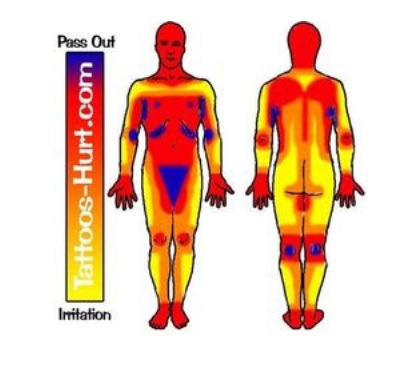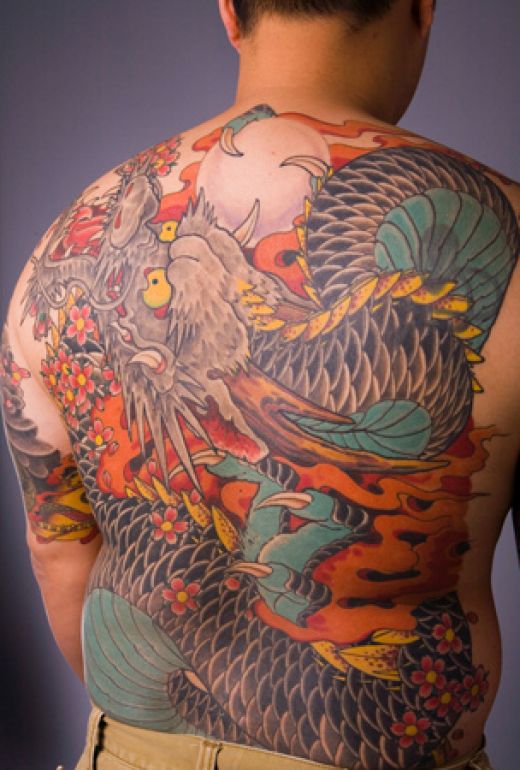If you’ve had surgery, you might remember starting to count backward from ten, nine, eight…and then waking up with the surgery already over before you even got to five. It might seem that you were asleep, yet you weren’t. You were under anesthesia, which is much more complicated.
During the process, you are unconscious, can’t move, form memories, or hopefully, feel no pain. Without being able to block all those processes at once, many medical procedures would be way too traumatic to perform.
The same goes for tattoos — while many feed their souls through the pain, others, well, feed their traumas. So why not end all the pain and use anesthesia instead? Firstly, it isn’t as simple as they show it on TV. Secondly — well, keep reading to find out.
What Is Anesthesia?
Anesthesia is a way to control pain during a surgery or procedure by using a medicine called anesthetics. It can help control your breathing, blood pressure, blood flow, heart rate, and rhythm of your heart.
Anesthesia is used to:
- Relax you;
- Block pain;
- Make you sleepy or forgetful;
- Make you unconscious for surgery;
Types of anesthesia:
- Local anesthesia numbs a small part of the body from minor procedures. For example, you may get a shot of medicine directly into the surgical area to block pain. You may stay awake during the procedure.
- Regional anesthesia blocks pain in a larger part of your body. You may also get medicine to help you relax or sleep. Types of regional anesthesia include:
- Peripheral nerve blocks — a shot of anesthetic to block pain around a specific nerve or group of nerves. Blocks are often used for procedures on the hands, arms, feet, legs, or face;
- Epidural or Spinal anesthesia — a shot of anesthetic near the spinal cord and the nerves that connect to it. It blocks pain from the belly, hips, or legs;
- General anesthesia affects your brain and the rest of your body. You may get it injected through a vein, or breathe it in. With general anesthesia, you’re unconscious and don’t feel any pain — a perfect candidate for tattooing an entire Yokai back piece, right? Not really, but we’ll get to that later. First, we need to explain some things, such as the notion of pain.
The Science of Pain
For hundreds of years, scientists thought that pain was a direct response to damage. By that logic, the more severe an injury is, the more pain it should cause right?
As I learned more about the science of pain, I discovered that pain and tissue damage don’t always go hand in hand, even when the body’s threat-signaling mechanisms are fully functioning. We are able to experience severe pain out of proportion to an actual injury, and even pain without any injury.
So what’s going on here? Is the tattoo pain chart a scam? There are actually two phenomena at play: the experience of pain and the biological process called nociception.
Nociception is part of the nervous system’s protective response to harmful or potentially harmful stimuli. It basically sends signals to the brain to prevent any further damage. If the pain is continuous, the brain may decide to adequately protect the body from threats, and that includes adding more stress sensors to nerve fibers. As a result, the nerve fibers can become so sensitive that even light touch to the skin can spark intense electrical signals. Hence, when the nervous system is nudged into an ongoing state of high alert, pain can outlast physical injury.
Psychological factors clearly play a role in pain too, potentially by influencing nociception and the brain directly. A person’s emotional state, memories, beliefs about pain, and expectations about treatment cal all influence how much pain they experience. Features of the environment and social factors like the availability of family support can affect the perception of pain.
Taking everything into consideration, it all comes down to how you handle pain. Some people are distracted by pain, it takes them longer to complete a task and they do it less well. Others use tasks to distract themselves from pain, and those people actually do the task much faster and better. Some people can just send their minds to wander to distract themselves from pain. Which one are you? Think about it while I explain to you why anesthesia isn’t a good idea for your next American traditional tattoo.
Anesthesia for Tattoos: Why Not?
Tattoo shops aren’t permitted to handle anesthesia, thus making tattooing under the influence of anesthesia illegal. But why? Waking up to a complete body piece is a dream come true, but I am here to strike you with reality.
Anesthesia for tattoos is not a good choice for a number of reasons, including:
- Tattoo artists are not medically qualified to provide anesthetic;
- Risks of anesthesia-related adverse reactions;
- If administered improperly, it might result in death;
- Too expensive to be put into practice;
If people would get a tattoo under the influence of anesthesia, I imagine those tattoo parlors should have a whole medical team or at least one nurse to monitor the heart rate, and blood pressure and make sure everything is in control. That results in equipping the tattoo shop with all the medical equipment. Having a tattoo parlor with an added medical department isn’t a cheap thing to acquire. If anesthesia for tattoos does happen, I think that celebrities will be the only ones able to afford it. Are you able to pay God knows how much money for all of that? Yup, didn’t think so.
Tattoo Anesthetic Alternatives
By now we learned what is anesthesia, explained the types, touched upon the notion of pain, and listed all the things why anesthesia is a big no-no for tattoos.
What’s left? The alternatives, of course.
- Tattoo anesthetic creams are used to numb the skin and keep it moist throughout the tattooing procedure;
- Tattoo anesthetic gels enhance the effects of a tattoo anesthetic cream when applied on top of them. Still, you can use it well as a topical numbing agent;
- Tattoo anesthetic sprays do not need to be rubbed into the skin, thus they’re a more convenient alternative. Simply spray the skin of your client, wait 15-20 minutes, and then begin tattooing;
- Tattoo anesthetic soaps can be used before, during, and after a session to offer a relaxing, peaceful experience;
In Conclusion: How to Choose the Best Tattoo Anesthetic?
As in everything in life, everything comes down to what works best for you. The best advice from me is to try all of them and see which numbs the most. Check whether the product is made by professionals to avoid putting some scammy trash onto your skin. Happy tattooing!
